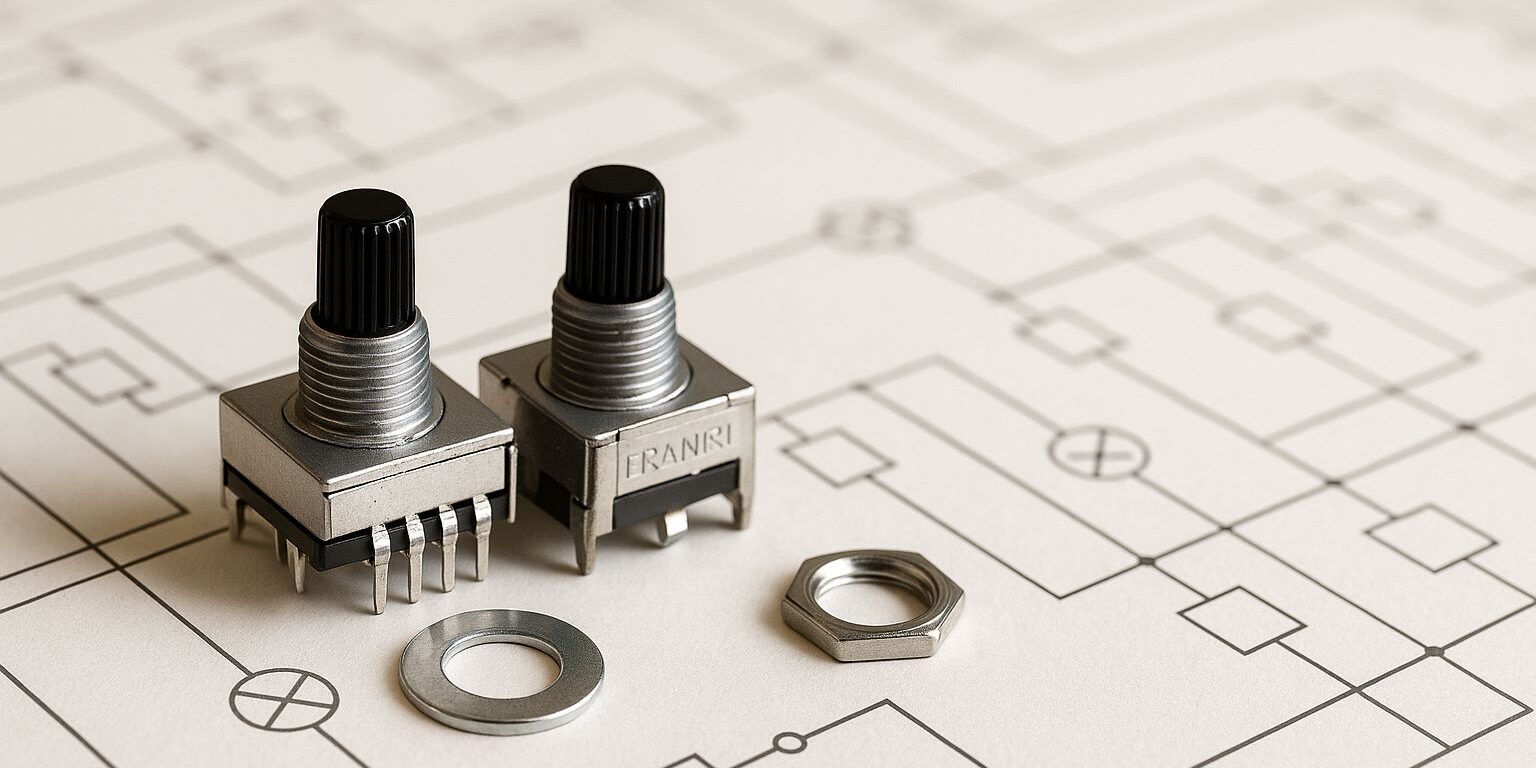
Choosing a rotary changeover switch may seem simple. However, incorrect specifications can lead to system failure or safety risks. To make an informed decision, buyers must consider voltage, current, wiring method, and application environment. This guide will walk you through each step.
Understand the Voltage Rating First
The voltage rating defines how much voltage the switch can handle safely. This is not just a number. Choosing the wrong voltage rating can damage both the switch and the load. Always select a switch with a voltage rating equal to or higher than your system voltage. For AC systems, check if the rating applies to single-phase or three-phase use.
Match the Current Rating to the Load
Next, focus on the current rating. This tells you how much current the switch can carry continuously. For safety and durability, add a safety margin of 10–20%. If your load is inductive, consider switches rated for inductive loads. This ensures longer life and fewer failures.
Evaluate the Wiring Method
Wiring method affects installation and function. Determine if your system uses single-pole, double-pole, or multi-pole connections. Some rotary changeover switches support terminal blocks, while others use screw-type connectors. Always check compatibility with your panel layout and space constraints.
Identify the Application Scenario
Different industries have different needs. For example, machine tools require high mechanical durability. Meanwhile, power distribution systems focus more on electrical performance. Choose a switch built for your environment. Consider temperature range, vibration resistance, and moisture protection (IP rating).
Confirm the Mechanical Life Expectancy
Mechanical endurance matters in long-term usage. A standard rotary changeover switch has 10,000 to 50,000 cycles. If the switch operates frequently, go for models tested for higher cycle life. This avoids early wear and ensures operational stability.
Prioritize Certifications and Standards
Look for switches with IEC, CE, or UL certification. Certified switches follow safety and performance regulations. This also improves user trust, especially for industrial buyers.
Consider Additional Features
Some modern switches offer features like lockable handles, clear position indicators, or flame-retardant enclosures. These features enhance safety and user experience. Though optional, they can provide better value and ease of use.
Summary and Purchasing Tip
In summary, choosing a suitable rotary changeover switch depends on understanding key electrical parameters and system needs. Always verify:
- Rated voltage and current
- Wiring configuration
- Mechanical and environmental requirements
- Compliance with safety standards
Professional buyers can improve efficiency and reduce risks by making informed, data-driven decisions.
Contact a reliable supplier like Fanrui to ensure quality and customization options.






